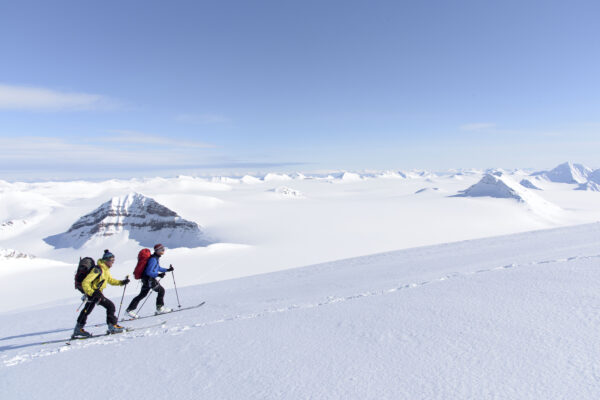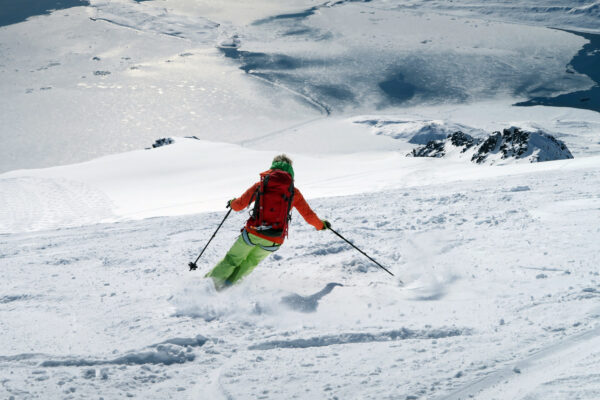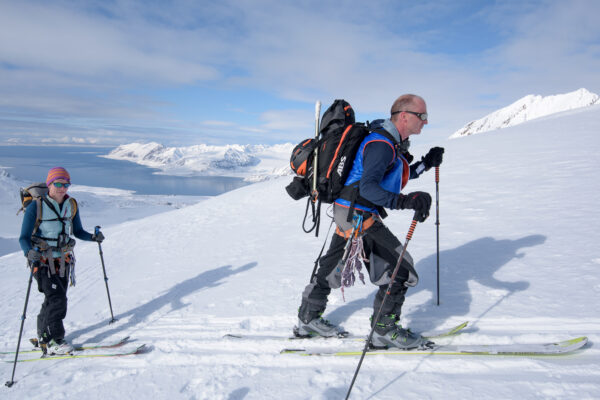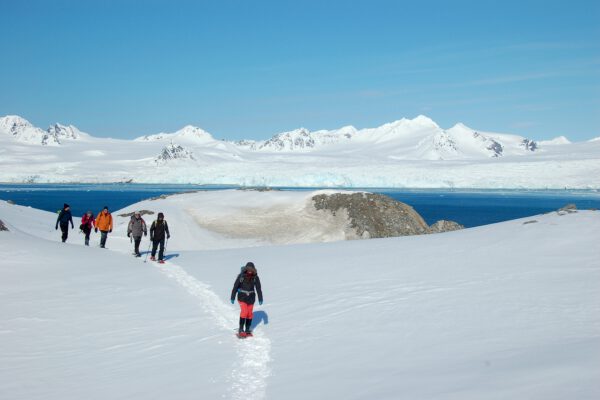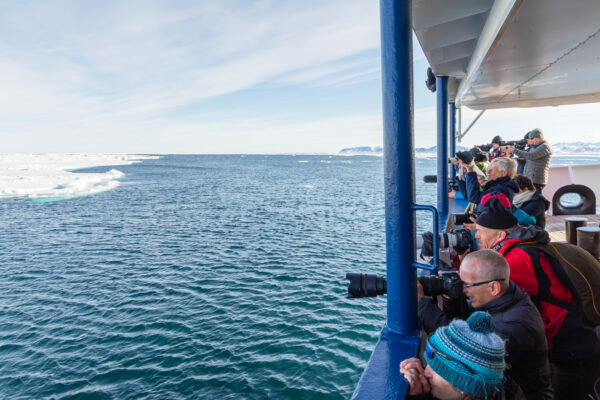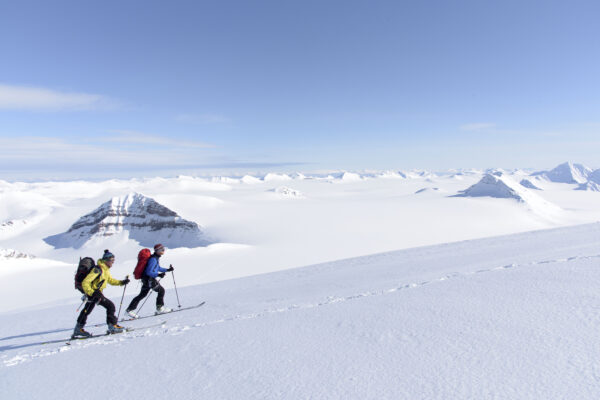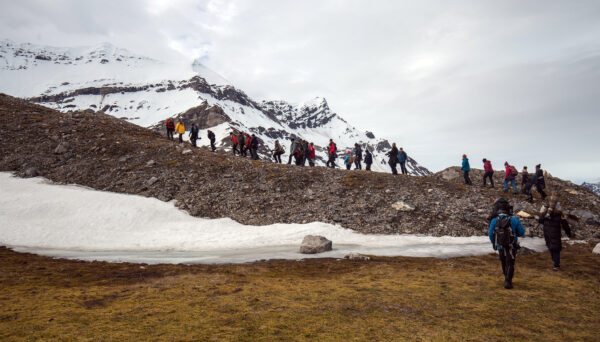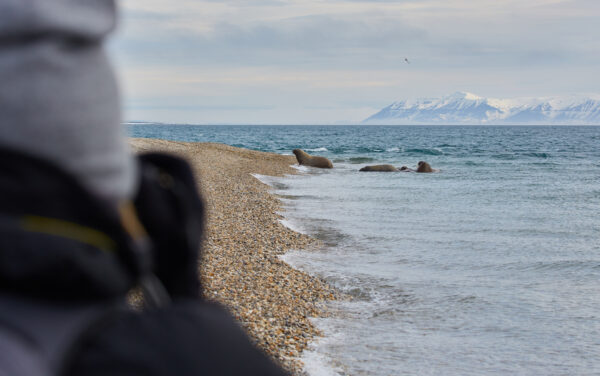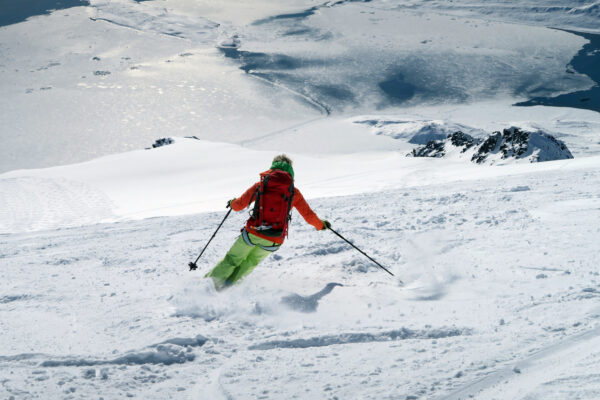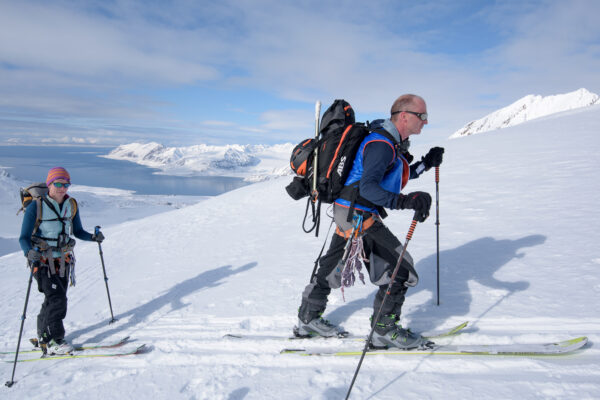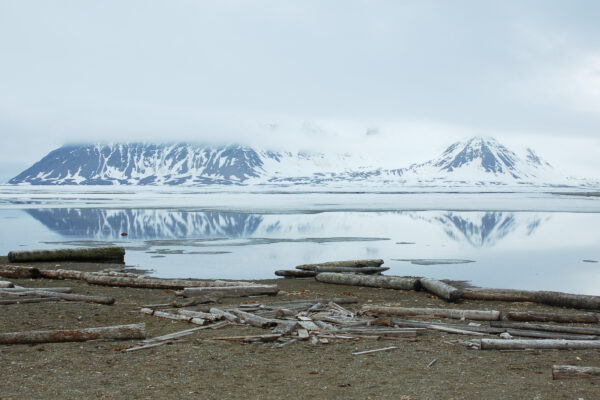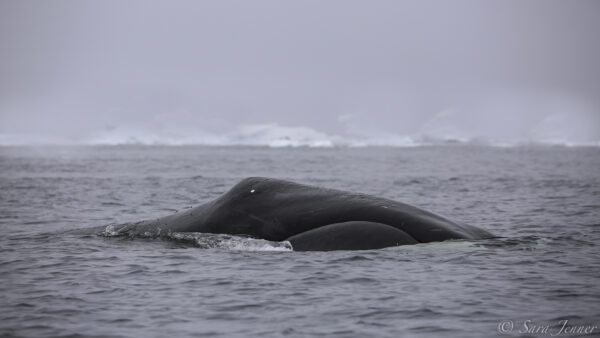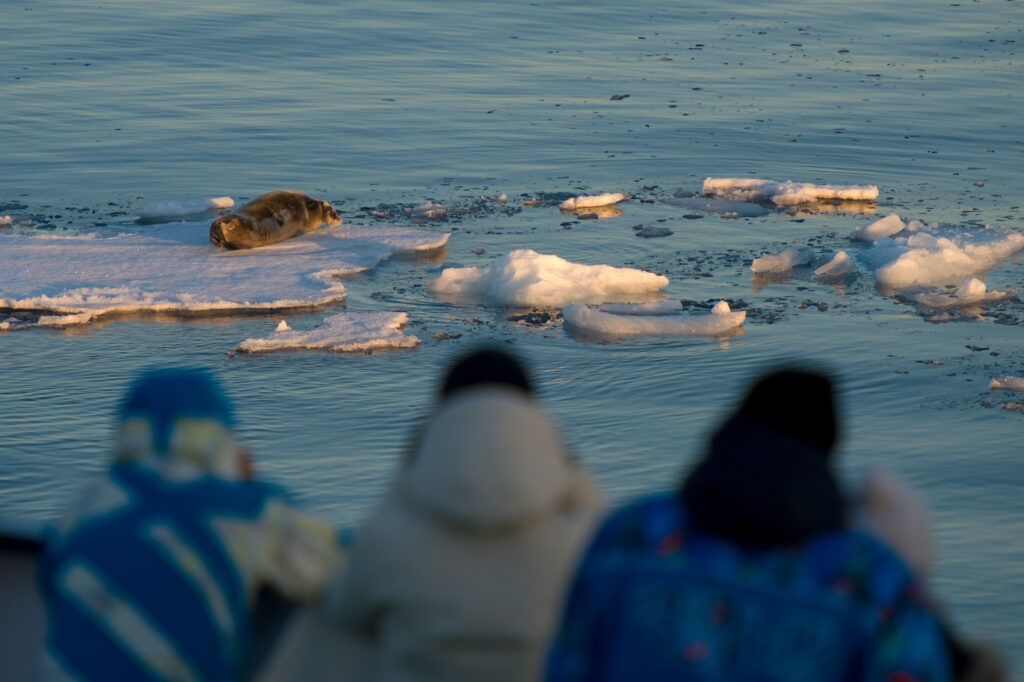Cruise the Spitsbergen archipelago in search of the wildlife, stunning landscapes, and the whaling history of the region. At Smeerenburg you’ll visit a 17th century whaling station, followed by sailing to Sorgfjord which provides a chance for spotting walruses and yet more history. You’ll go ashore at Kapp Lee and may walk in Rosenbergdalen to search for reindeer. Another jaunt will take you to Homsund with its view of the glaciers and its opportunities to lock eyes on the Kings and Queens of the Arctic, the Polar Bear.
Trip Itinerary
Day 1
You touch down in Longyearbyen, the administrative center of Spitsbergen, the largest island of the Svalbard archipelago. Enjoy strolling around this former mining town, whose parish church and Svalbard Museum make for fascinating attractions. Though the countryside appears stark, more than a hundred species of plant have been recorded in it.
In the early evening the ship sails out of Isfjorden, where you might spot the first minke whale of your voyage. In the evening you sail for Trygghamna, where you see the remains of a 17th-century English whaling station and 18th-century Pomor hunting station, both of which you can visit the next morning.
Day 2
From Trygghamna you walk to Alkhornet, a large seabird cliff where the birds are scouting out breeding places. Below the cliffs is a common place to spot Arctic foxes, and you may also see reindeer grazing on the lush vegetation if there’s not too much snow.
Day 3
You sail into Fuglefjorden amid views of Svitjodbreen and Birgerbukta, both breeding areas for great skuas as well as likely spots to see a polar bear. On Birgerbukta you can see 17th-century Basque ovens once used for cooking whale blubber. The aim next is to visit Ytre Norskøya, a small island that served for many years as a Dutch whaling lookout.
Here you can still follow the whalers’ tracks to the summit of the island, passing popular bird cliffs on the way. On shore are the remains of more 17th-century blubber ovens, while Arctic skuas and common eiders breed among the graves of some two hundred Dutch whalers.
Day 4 – 14
Today you start by sailing either to Sorgfjord or Murchison Bay, on the north side of which lies an extensive polar desert that is home to numerous reindeer as well as a Swedish research station. You then continue through Hinlopen Strait, surrounded by lofty ice caps.
Over the following days, you may visit the following sites:
Lomfjord – This is a beautiful fjord fringed by towering mountains offering a great opportunities for a hike.
Wilhelmøya – A tundra landscape in which polar bears can possibly be seen, Wilhelmøya is also a good area for shoreline, inland, and altitude-gaining hikes.
Svartknausflya – You may take an excursion to this stark polar desert, which is almost devoid of vegetation but rich with invertebrate fossils and whale skeletons along its raised beaches.
Heleysundet – A narrow but picturesque waterway between Spitsbergen and Barents withthis route can only be made against the current.
Freemansundet – Depending on conditions, you may also sail through this waterway. A walk at Kapp Lee may introduce you to a few new reindeer and walruses, and you might also visit a large colony of kittiwakes nesting in a canyon in Diskobukta. Arctic foxes and polar bears with their young often roam this canyon, scavenging for birds that fall from the ledges. Sub-fossilized whale bones are scattered across the raised beaches.
Hornsund – You continue your Spitsbergen voyage by sailing into the labyrinth of side fjords around Hornsund. At Brepollen rests a large glacial deposit at the head of the fjord. Sailing along the glacier front will afford you good chances of spotting bearded seals and polar bears. The geological formations in this area are vibrant and mesmerizing.
Bellsund – En route to Longyearbyen, you may reach Ahlstrandhalvøya. More fascinating geological formations can be seen here, as well as the remains of 20th-century beluga hunting. (This is still a good area to see beluga.)
Day 15
Every adventure, no matter how grand, must eventually come to an end. You disembark in Longyearbyen, taking home memories that will accompany you wherever your next adventure lies.
Please Note...
All itineraries are for guidance only. Programs may vary depending on local ice, weather, and wildlife conditions. Landings are subject to site availabilities, permissions, and environmental concerns per AECO regulations. Official sailing plans and landing slots are scheduled with AECO prior to the start of the season, but the expedition leader determines the final plan. Flexibility is paramount for expedition cruises, and willingness to compromise on comfort is a basic requirement on board a historic sailing vessel. Important information about the use of sails: The vessel is equipped with sails to be used in good conditions (based on open sea, water depth, wind, and time allowance), but the use of sails is not guaranteed. The captain decides whether to use the sails or the engine. If sails are used, the crew will operate them. Guests must follow the safety instructions of the team. The average cruising speed for s/v Rembrandt van Rijn is 6.5 knots.
Cabin Information
| Ship name | Cabin Name | Price | Sale Price | Departs on | Returns on |
|---|---|---|---|---|---|
| s/v Rembrandt van Rijn | Triple Private Porthole | $6,800 | NA | Jul 18th, 2024 | Aug 1st, 2024 |
| s/v Rembrandt van Rijn | Twin Private Inside | $7,950 | NA | Jul 18th, 2024 | Aug 1st, 2024 |
| s/v Rembrandt van Rijn | Twin Private Porthole | $8,350 | NA | Jul 18th, 2024 | Aug 1st, 2024 |
| s/v Rembrandt van Rijn | Triple Private Porthole | $6,800 | NA | Jul 18th, 2024 | Aug 1st, 2024 |
| s/v Rembrandt van Rijn | Twin Private Inside | $7,950 | NA | Jul 18th, 2024 | Aug 1st, 2024 |
| s/v Rembrandt van Rijn | Twin Private Porthole | $8,350 | NA | Jul 18th, 2024 | Aug 1st, 2024 |

